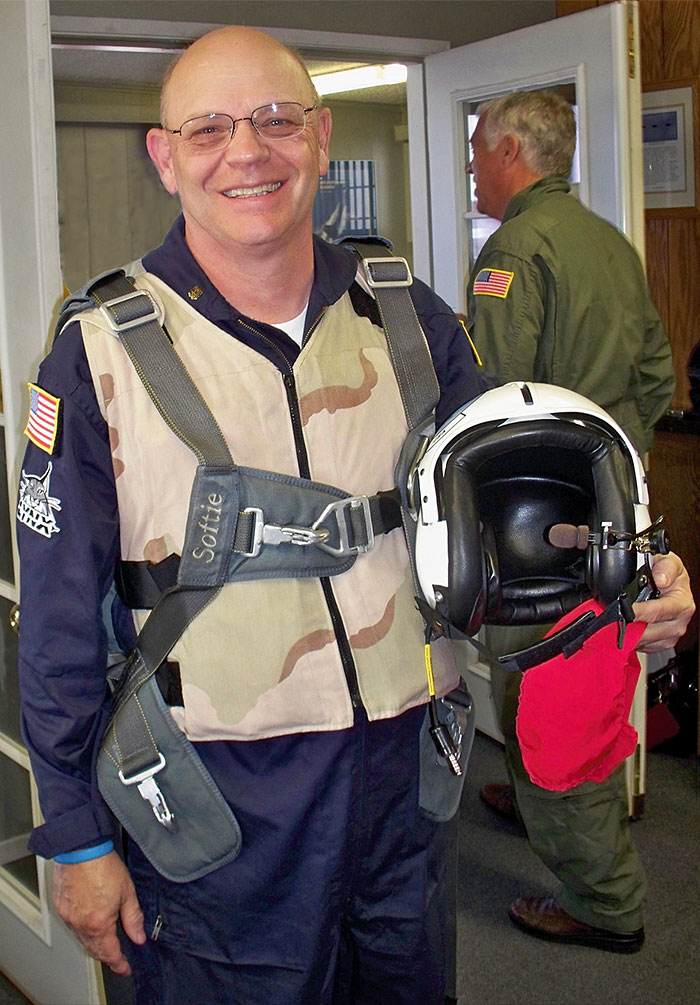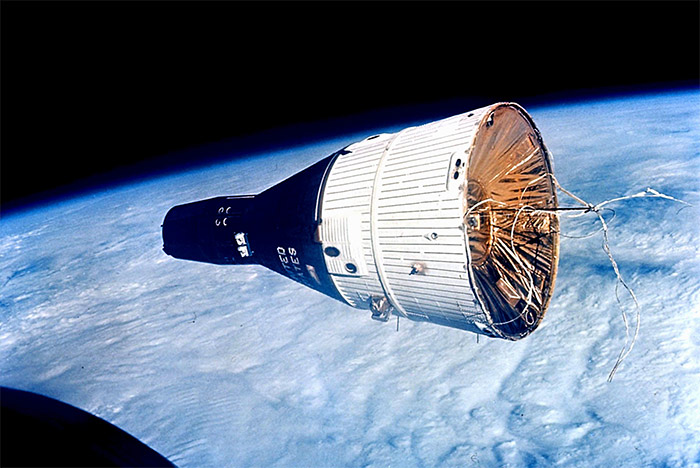Skybox Imaging has released the world’s first high-resolution, high-definition videos of Earth taken by a commercial remote sensing satellite. Taken by SkySat-1, the first a planned constellation of 24 satellites, the video clips (have not yet been calibrated or tuned) show high-resolution views of Tokyo, Bangkok, Baltimore, Las Vegas, and Aleppo, Syria.
[youtube=http://www.youtube.com/watch?v=fCrB1t8MncY&w=700]
SkySat-1 can capture video clips up to 90 seconds long at 30 frames per second. The resolution is high enough to view objects like shipping containers that affect the global economy. (In these clips, you can make out automobiles moving along the highways.)
SkySat-1 is capable of sub-meter native color and near-infrared imagery. Other unique capabilities based on Skybox’s proprietary technologies will be announced in the near future. But the most revolutionary aspect is the cost, according to Skybox CEO Tom Ingersoll.
“SkySat-1 was built and launched for more than an order of magnitude less cost than traditional sub-meter imaging satellites,” Ingersoll said. “This extremely high performance satellite is made possible by proprietary technologies developed by Skybox, including the integrated satellite and imaging systems designs, which enable Skybox to launch a constellation of satellites that can provide imagery timeliness, quality and dependability that was never before possible.”
Skybox foresees numerous business applications for satellite imagery dynamic satellite video, including supply-chain and industrial-plant monitoring, maritime awareness, and environmental/humanitarian relief.
Skybox has raised $91 million from venture-capital firms Khosla Ventures, Bessemer Venture Partners, Canaan Partners and Norwest Venture Partners. It is preparing to launch SkySat-2 in early 2014.




